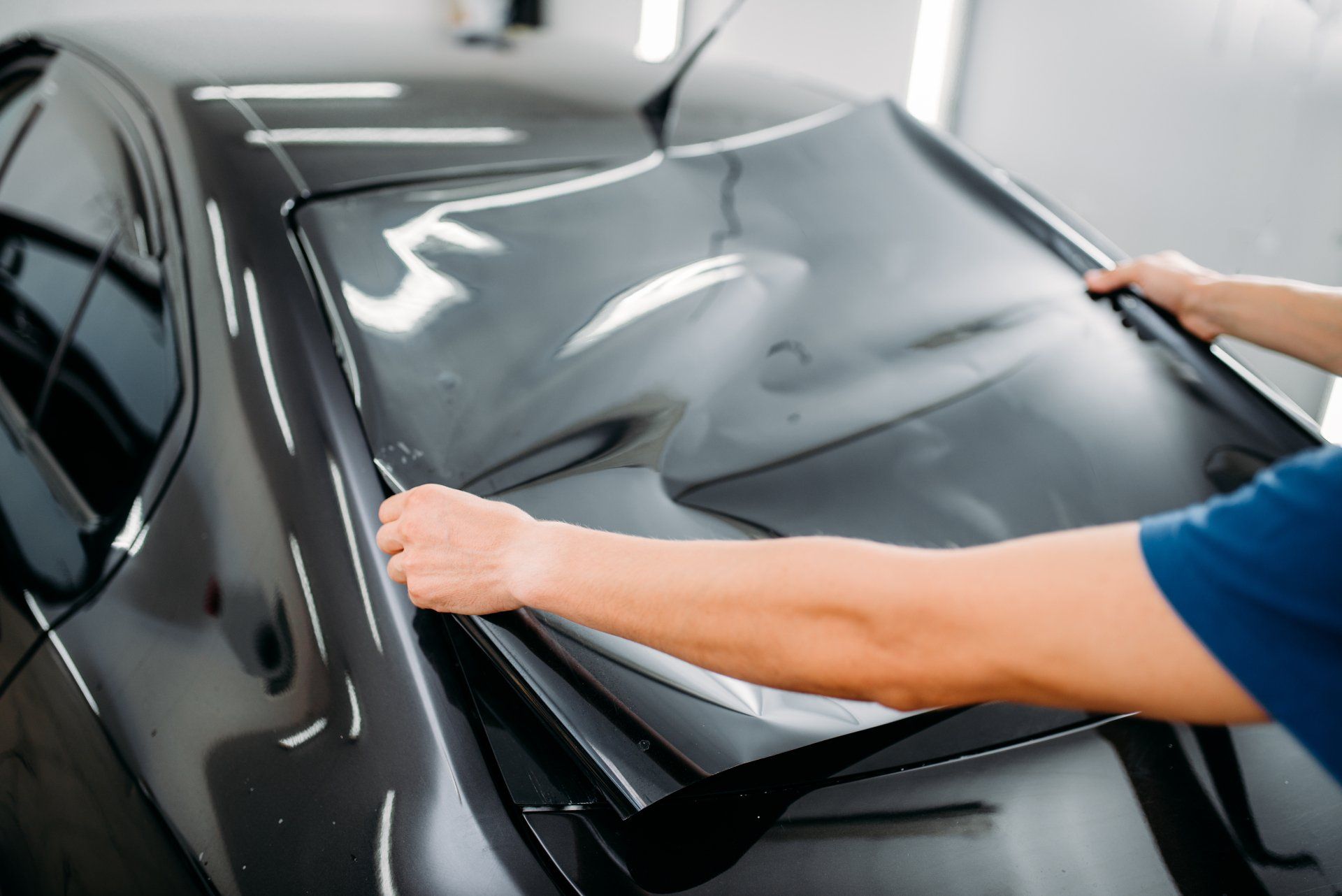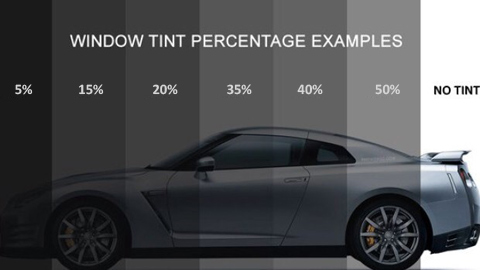How window tinting Can Help in reducing Glare and Improve Convenience
How window tinting Can Help in reducing Glare and Improve Convenience
Blog Article
Discovering the Various Sorts Of Window Color for Cars and Their Advantages

Dyed Home Window Color
Dyed home window color is a prominent option amongst vehicle owners seeking to boost privacy and lower glow while keeping a stylish look. This kind of color is produced by integrating color right into the glue layer, which is after that used to the home windows of the vehicle. The key charm of colored home window tint hinges on its capacity to give a visually pleasing appearance without sacrificing capability.
Among the most significant benefits of dyed home window color is its ability to obstruct dangerous UV rays, assisting to secure both passengers and the vehicle's interior from sunlight damage. Furthermore, this tint effectively decreases glare, adding to a much more comfortable driving experience, specifically throughout bright daytime problems. The deepening of window color likewise includes a layer of personal privacy, making it extra difficult for outsiders to see inside the lorry.
Nevertheless, it is crucial to note that while dyed window color provides many advantages, it might not give as much warm rejection as other kinds of colors. Its longevity can be influenced by direct exposure to prolonged sunlight, possibly leading to fading over time. On the whole, dyed home window tint continues to be a favored choice for those prioritizing aesthetic appeals and standard sun protection.
Metalized Home Window Color
Metalized window tint represents an innovative option for car owners looking to improve both efficiency and looks. One of the main benefits of metalized home window tint is its premium warm being rejected capacities, which can considerably decrease the interior temperature of a vehicle.
Additionally, metalized colors provide increased durability compared to dyed films, making them immune to fading and scratching. This durability makes certain that the tint preserves its effectiveness and appearance with time, supplying long-lasting value.
In addition, metalized window tint can boost privacy and safety and security by making it harder for outsiders to see inside the car. The reflective quality of the tint can additionally deter prospective theft, as belongings are less noticeable (window tinting). While it may interfere with some electronic signals, such as GPS or cellular phone reception, the total benefits make metalized home window color an engaging selection for lots of auto owners
Ceramic Home Window Tint
Supplying advanced technology and unequaled performance, ceramic home window color has actually become a top choice for critical cars and truck owners. This ingenious movie is made up of sophisticated ceramic bits that provide substantial warm rejection while maintaining quality and presence. Unlike conventional tints, ceramic home window color does not rely upon metal or color, which can disrupt electronic signals from gadgets such as GPS and cellular phone.
One of the standout benefits of ceramic window color is its phenomenal UV defense. It blocks approximately 99% of harmful ultraviolet rays, thus securing both the vehicle's inside and its occupants from sunlight damages. Furthermore, this sort of color boosts privacy without compromising presence, making it a useful choice for day-to-day drivers and high-end automobiles alike.
Ceramic window color likewise flaunts sturdiness; it is immune to fading and scratching, guaranteeing lasting performance. Its non-reflective nature means it does not trigger glow, contributing to more secure motoring conditions (window tinting). For those looking for a premium color solution that combines visual appeals with functionality, ceramic window tint stands apart as an exceptional choice, delivering enhanced comfort and security when driving
Carbon Home Window Color
When it comes to home window tinting options, carbon home window color has gained popularity for its mix of linked here performance and affordability. This kind of tint is composed of carbon bits, which offer an unique matte surface that improves the visual appeal of cars. Among the primary advantages of carbon window tint is its capability to block a significant amount of dangerous UV rays, shielding both the automobile's interior and its passengers from skin damage and fading.
Additionally, carbon home window color supplies excellent heat rejection buildings, lowering the demand for too much air conditioning and boosting fuel performance. Unlike colored tints, carbon tints do not discolor over time, keeping their effectiveness and appearance for several years. This longevity makes them a sensible option for vehicle proprietors looking for lasting worth.
In addition, carbon home window color is non-metalized, which indicates it does not conflict with digital signals, making it appropriate for cars equipped with general practitioner, Bluetooth, and various other wireless modern technologies. The equilibrium of cost, efficiency, and visual charm has actually established carbon window tint as a recommended choice for several car proprietors. Inevitably, it works as a reliable option for those wanting to boost convenience while ensuring design.
Manufacturing Facility Tint
Manufacturing facility tint, also recognized as OEM color, describes the tinting that is used to car windows throughout the production process. This kind of tint is normally integrated into the glass itself, using an uniform look and constant levels of shielding across all windows. The key function of manufacturing facility tint is to lower glow and improve traveler convenience while supplying a degree of UV security.

While factory color supplies standard benefits, it may not provide the very same degree of warm denial or privacy as higher-grade aftermarket tints. Vehicle proprietors looking for enhanced efficiency might consider added tinting choices, while still valuing the visual appeal and performance factory tint offers.
Conclusion

Nevertheless, it is important to keep in mind that while dyed home window color uses various advantages, it might not give as much warmth rejection as various other kinds of colors. For those seeking a costs tint service that combines appearances with functionality, ceramic window tint stands out as a premium option, delivering enhanced comfort and protection on the roadway.
When it comes to window tinting options, carbon home window tint has acquired appeal for its mix of efficiency and price.Factory color, additionally known as OEM color, refers to the tinting that is used to automobile home windows during the production process. The precise level of tint can differ depending on the automobile supplier and model, with some lorries including more substantial tint on back windows than on front home windows.
Report this page